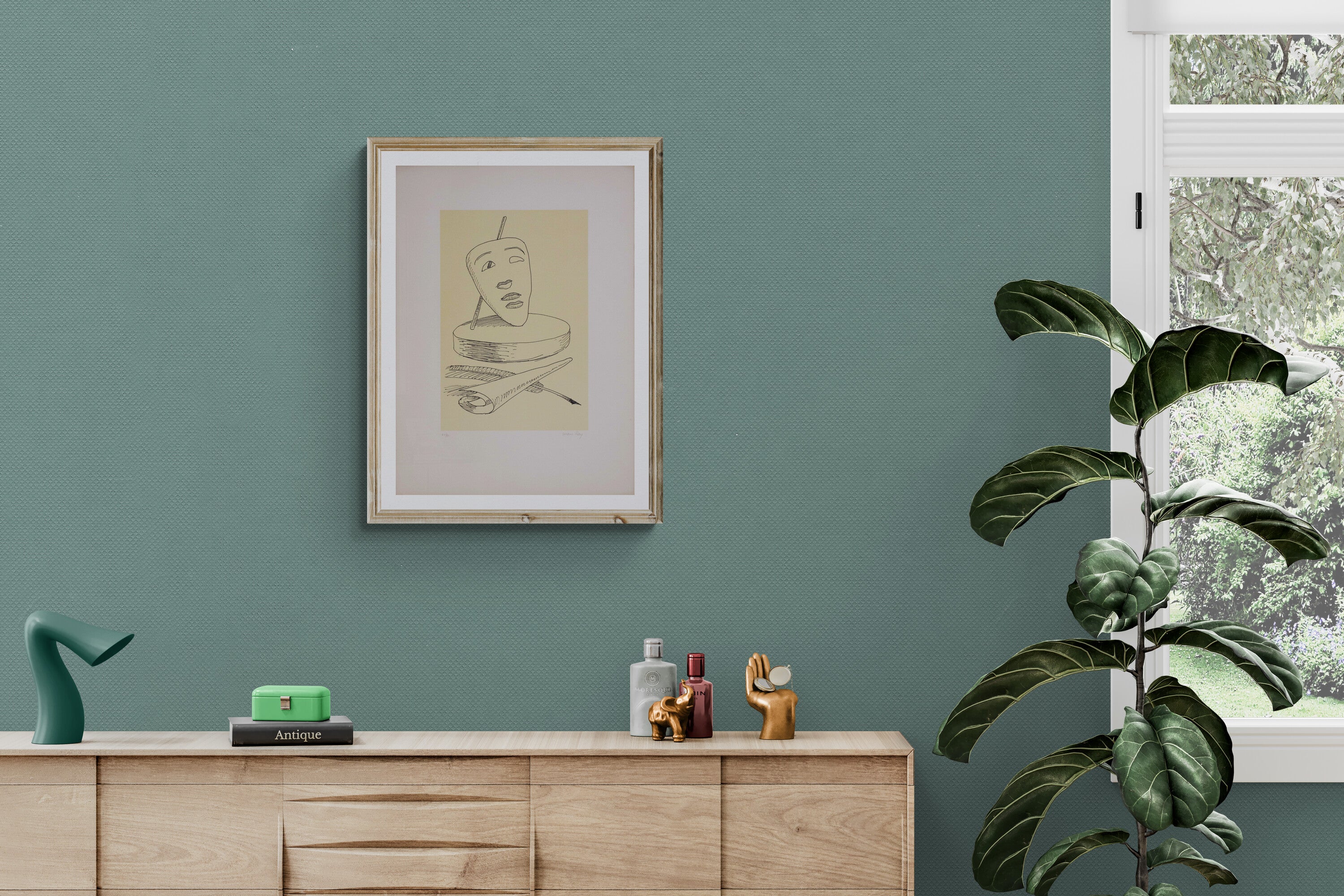Robert Indiana biography

Robert Indiana, born Robert Clark on September 13, 1928, in New Castle, Indiana, was an American artist associated with the Pop Art movement. Since the 1960s, Indiana played a central role in the development of assemblage art, hard-edge, and pop art, becoming one of the leading figures of American art.
From his childhood, Robert Indiana showed evident artistic talent, encouraged by a first-grade teacher who pushed him to pursue an artistic career. After attending Arsenal Technical High School in Indianapolis, Indiana studied at the Art Institute of Chicago, the Skowhegan School of Sculpture and Painting in Maine, and the Edinburgh College of Art in Scotland.
In 1956, he moved to New York, where he met Ellsworth Kelly and settled in Coenties Slip, an artist community that included Kelly, Agnes Martin, James Rosenquist, and Jack Youngerman. The Coenties Slip environment had a profound impact on the artist's work, which began to create artworks incorporating words and numbers, inspired by materials found in abandoned warehouses in the area. Indiana's artworks often feature bold and iconic images, such as numbers and short words like EAT, HUG, and LOVE.
His most famous artwork is undoubtedly the word LOVE, which was first created in 1964 for a Christmas card from the Museum of Modern Art. This image became an icon of modern art and has been reproduced on stamps and countless products. Robert Indiana distinguished himself from other pop artists by addressing important social and political issues and incorporating historical and literary references into his artworks. He explored the illusory American dream, using words and numbers to create connections and perceptions in the viewer's mind. His artworks are characterized by symmetrical geometric shapes and vivid colors, recalling the influences of advertising and mass media.
In addition to painting and sculpture, Robert Indiana produced a significant number of prints, also collaborating with the poet Robert Creeley. He worked as a set and costume designer for theater, contributing to the production of The Mother of Us All by Virgil Thomson in 1976.
In 1978, he decided to distance himself from the New York art world and moved to the remote island of Vinalhaven in Maine, where he continued to create artworks inspired by his new environment. He worked on a series of paintings inspired by the works of artist Marsden Hartley, who lived on the island in 1938.
Indiana's artworks have been exhibited in numerous solo and group exhibitions worldwide, and many are part of the permanent collections of major museums, including the Museum of Modern Art and the Whitney Museum of American Art in New York, the National Gallery of Art, and the Museum of Modern Art in San Francisco.
Robert Indiana died on May 19, 2018, at his home in Vinalhaven, shortly before the opening of his sculpture retrospective at the Albright-Knox Art Gallery. His legacy as one of the protagonists of American Pop Art and his ability to create artworks that explore American identity and the power of language continue to have a lasting impact on contemporary art.



